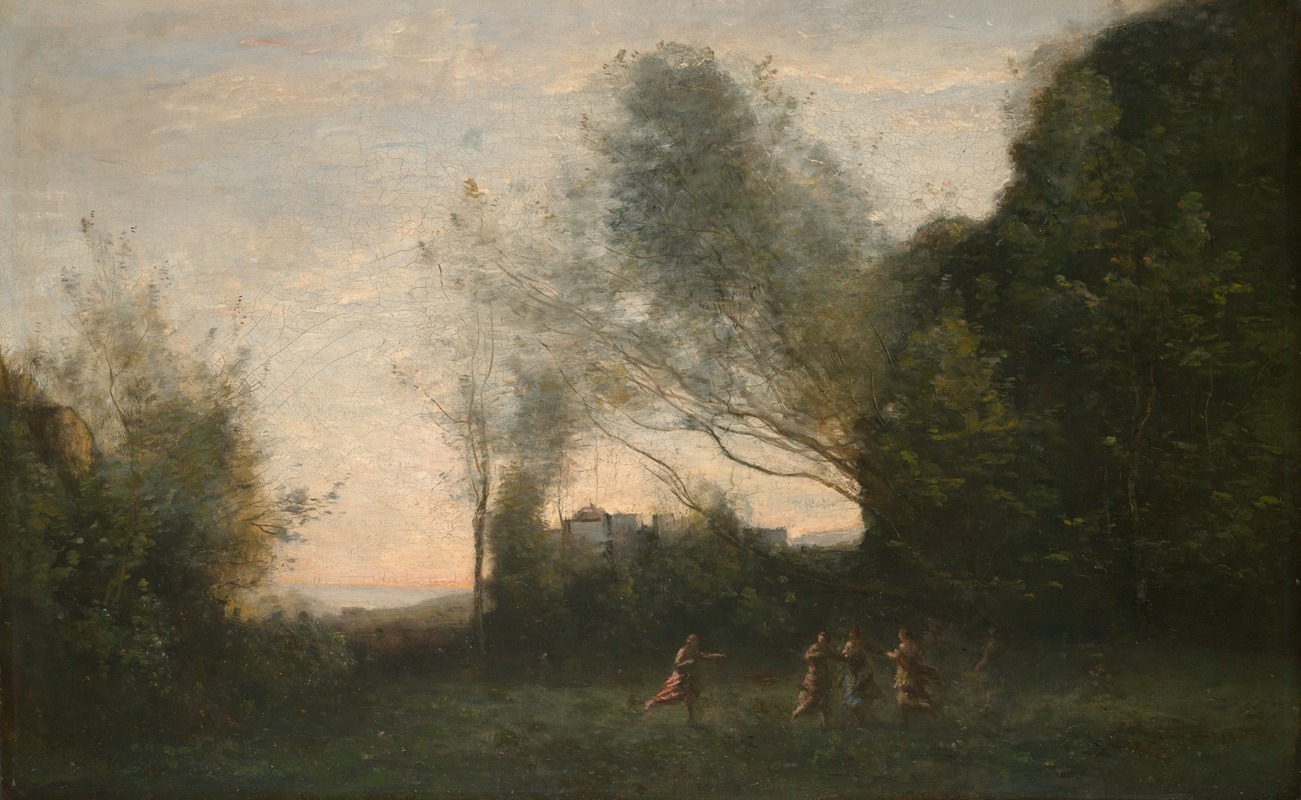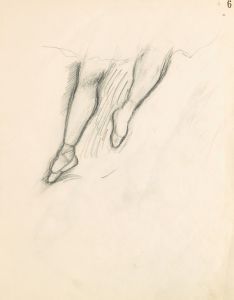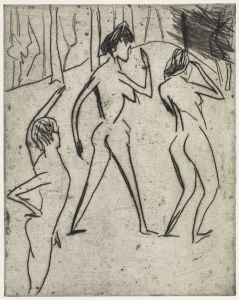
The Dance of the Nymphs
A hand-painted replica of Jean-Baptiste-Camille Corot’s masterpiece The Dance of the Nymphs, meticulously crafted by professional artists to capture the true essence of the original. Each piece is created with museum-quality canvas and rare mineral pigments, carefully painted by experienced artists with delicate brushstrokes and rich, layered colors to perfectly recreate the texture of the original artwork. Unlike machine-printed reproductions, this hand-painted version brings the painting to life, infused with the artist’s emotions and skill in every stroke. Whether for personal collection or home decoration, it instantly elevates the artistic atmosphere of any space.
The Dance of the Nymphs is an oil painting created by the French artist Jean-Baptiste-Camille Corot in 1850. Corot, a prominent figure in the Barbizon School, is celebrated for his landscapes that often blend naturalistic detail with poetic and atmospheric qualities. This painting is one of his most renowned works and exemplifies his ability to merge mythological themes with the serene beauty of nature.
The artwork depicts a group of nymphs dancing in a wooded clearing at dawn, bathed in soft, diffused light. The scene is imbued with a dreamlike quality, as the figures appear to move gracefully amidst the trees, their forms partially veiled by the morning mist. The composition balances the ethereal figures with the surrounding landscape, which includes tall, slender trees and a tranquil sky tinged with the warm hues of sunrise. Corot's use of light and shadow creates a harmonious interplay between the figures and their environment, enhancing the painting's lyrical and otherworldly atmosphere.
Corot often drew inspiration from classical mythology, and The Dance of the Nymphs reflects his interest in combining mythological motifs with his observations of nature. While the nymphs are rooted in ancient Greek and Roman mythology as spirits of nature, Corot's depiction is less about strict adherence to mythological narratives and more about evoking a sense of timeless beauty and tranquility. The painting demonstrates his mastery of tonal gradation and his ability to capture the fleeting effects of light, which became hallmarks of his style.
This work is considered a transitional piece in Corot's career, bridging his earlier, more detailed landscapes with the softer, more atmospheric approach that characterized his later works. It also reflects the influence of Romanticism, particularly in its emphasis on mood and emotion, while anticipating elements of Impressionism, such as the focus on light and the integration of figures into the natural setting.
The Dance of the Nymphs is housed in the Musée d'Orsay in Paris, France, where it remains a highlight of the museum's collection. It continues to be celebrated for its poetic charm and technical brilliance, offering viewers a glimpse into Corot's unique vision of the natural world infused with mythological imagination.


















